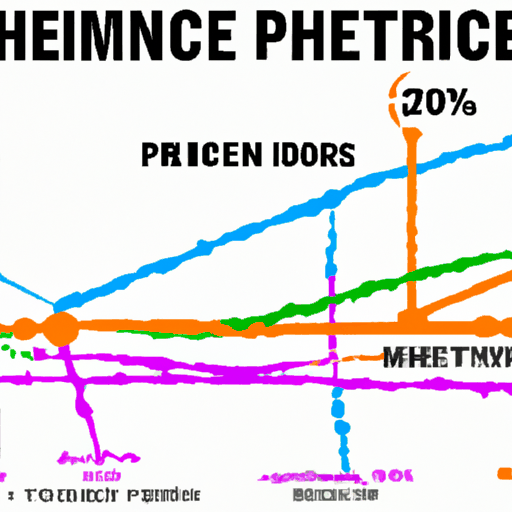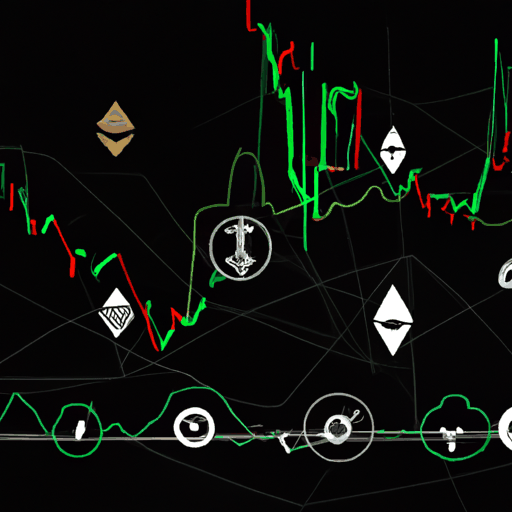
Understanding the Hashrate and Hashprice: Key Metrics for Bitcoin Mining Profitability
By: Eliza Bennet
Bitcoin mining profitability is shaped significantly by two critical metrics: hashrate and hashprice. As per recent data, the market share of Bitcoin production by public mining companies has surged remarkably despite increasing challenges. These conglomerates have nearly 60,000 BTC, although they face substantial hurdles due to plunging hashprices and rising hashrates.
Hashrate represents the computational power deployed in the network to solve Bitcoin transactions and validate new blocks. A higher hashrate implies increased competition among miners, making it tougher to mine new blocks. Currently, the Bitcoin network has seen its hash rate skyrocket to around 700 exahashes per second, marking a highly competitive environment.
In contrast, hashprice refers to the revenue miners receive per unit of computational power for solving transactions. This metric often reflects Bitcoin's price and network difficulty, crucially impacting profitability. With Bitcoin's price hovering in the mid-$50,000s and a recent difficulty adjustment exceeding 4%, miners are finding it challenging to maintain profitability. The hashprice has fallen below $40 per petahash per second (PH/s), signaling one of the lowest levels recently observed.
These intertwined metrics—hashrate and hashprice—form the backbone of Bitcoin mining economics, guiding miners in their operational strategies. As the hashrate grows and hashprice declines, miners must continually evolve, optimizing their operations and hardware to mitigate costs and maximize profitability. Understanding these metrics is invaluable for investors, stakeholders, and anyone looking to grasp the underpinnings of the Bitcoin mining industry.
For more detailed insights, you can refer to the comprehensive data from The Miner Mag.



